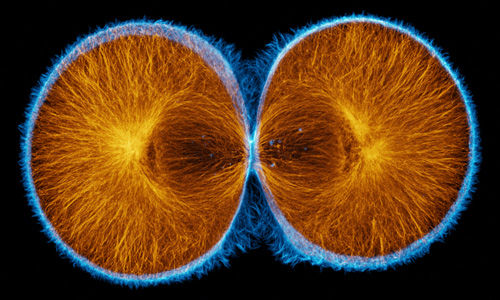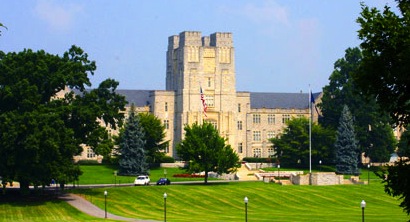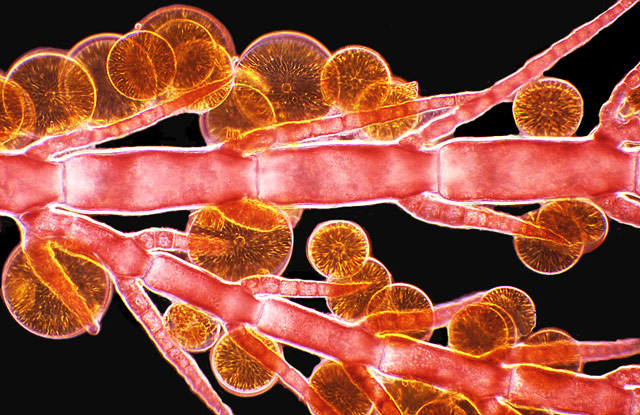Team:Virginia Tech/Safety
From 2011.igem.org
| Home | Team | Official Team Profile | Project | Parts Submitted to the Registry | Notebook | Safety | Attributions |
|---|
Safety
Would any of your project ideas raise safety issues in terms of researcher, public, environmental safety? Do any of the new BioBrick parts (or devices) that you made this year raise any safety issues?
With regards to the experimental work that our fabrication team is doing in the laboratory, our project involves the creation of non-pathogenic, transgenic microorganisms for the purpose of studying how multiple biological “parts” inserted into an organism interact with one another. The parts involved are mainly fluorescent reporter proteins and are present in nature or slightly modified with degradation tags, which are not known to pose risks to researchers, the public, or the environment. The organisms used - Escherichia coli (DH5α-T1R and TOP10) and Saccharomyces cerevisiae (BY4741, BY4733, W303a, INVSc) - are common laboratory strains and are considered safe when used according to laboratory good practice standards. Any new BioBrick parts or devices that we will submit will be composed of fluorescent proteins and degradation tags, and will again pose no known risks. Even alterations to our systems, from mutations or other sources, would be unlikely to create safety concerns.
For our in silico work, the design team is characterizing the ways that biological parts interact to achieve more successful assembly. Although these efforts are intended for benevolent purposes, there is always the chance that they could facilitate malicious bioengineering as well. Like other synthetic biologists, we choose to proceed in a spirit of public beneficence and responsible stewardship, pursuing useful outcomes while remaining watchful for potential misuses of our efforts.
Is there a local biosafety group, committee, or review board at your institution?
Our work is overseen by the Virginia Tech Environmental Health and Safety Office (EHS) and adheres to its Chemical Hygiene Plan and Biosafety for Laboratory Workers. To ensure that our wet laboratory team members are following EHS biosafety policies they have received the following training:
- VBI Health and Safety Orientation: biosafety levels, University Health and Safety Policy 1005, dress code and required practices for laboratory personnel, Material Safety and Data sheets, Biosafety Level 2 Lab-Specific Manual, Personal Protective Equipment
- VBI Autoclave and Glassware Functions Training for New Employees/Students: autoclave operation, biological waste management
- VBI Ethidium Bromide Training: Standard Operating Procedures, health hazards, personal protective equipment, solid and liquid waste management, monitoring, spills and decontamination, emergency and first aid
- They also received information on OSHA and the right to know hazards in the workplace.
Do you have any other ideas how to deal with safety issues that could be useful for future iGEM competitions? How could parts, devices and systems be made even safer through biosafety engineering?'
Due to the relative simplicity of the biological systems in our project and the benign nature of the fluorescent proteins they produce, we likely do not require any more advanced tools or methods for ensuring biosecurity. Future work, however, will likely not be so simple - circuits will likely become very complex, and the roles they are supposed to perform will become increasingly important. If our project had involved making large circuits for biomedical implants or bioremediation, we would have needed more effective tools for circuit analysis, to ensure robustness and to identify chances for failure. As described by Schmidt (2009), other engineering disciplines have tools, like Event Tree Analysis and Fault Tree Analysis, for exactly this purpose, and perhaps iGEM could require teams to work through some version of them. This would ensure that team members are engaged in thinking about biosafety, and would likely contribute to their understanding of the circuits they are building as well.
Chapter 6 in: Schmidt M. Kelle A. Ganguli A, de Vriend H. (Eds.) 2009. Synthetic Biology. The Technoscience and its Societal Consequences. Springer Academic Publishing
 "
"


